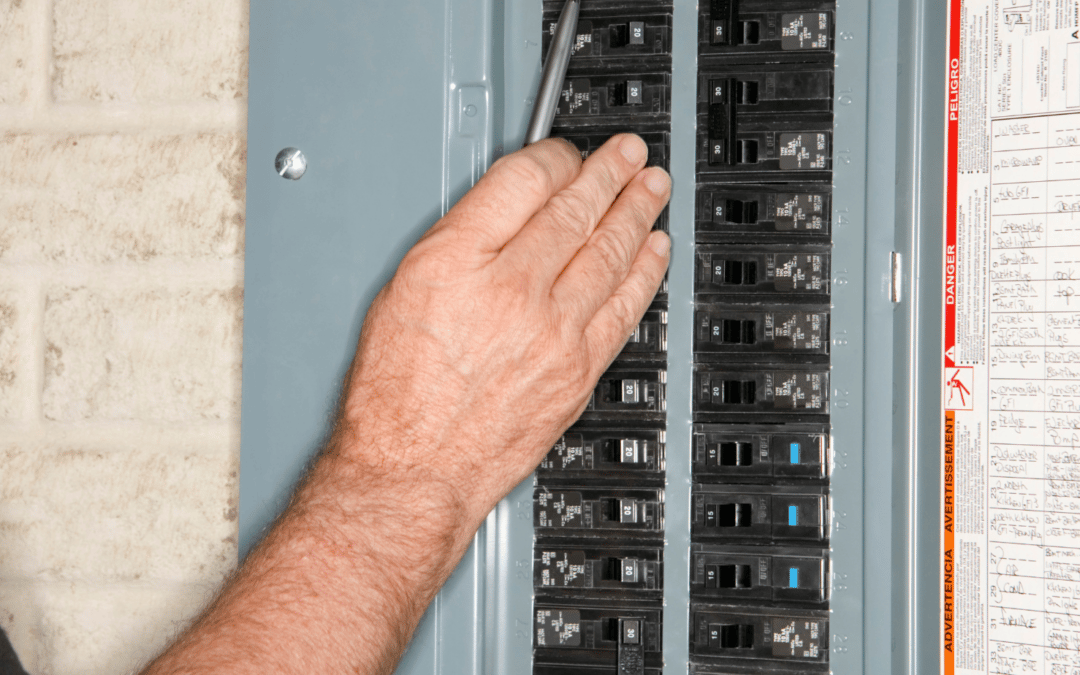Advanced electrical system troubleshooting support for critical applications.
Advanced electrical system troubleshooting support for critical applications.
Blog Article
Top Tips for Effective Electrical System Troubleshooting
Troubleshooting electrical systems requires a systematic technique, grounded in a detailed understanding of electric concepts and safety procedures. The subtleties of effective troubleshooting extend past plain technical understanding; understanding just how to document searchings for and focus on safety can considerably affect results.
Understand the Basics
Comprehending the fundamentals of electric systems is essential for reliable troubleshooting, as a strong foundation allows technicians to identify and fix problems extra efficiently. A detailed understanding of electrical principles, such as voltage, current, resistance, and power, is vital in determining the root creates of issues. Voltage is the electric possible difference that drives present via a circuit, while resistance opposes the flow of existing, influencing the overall performance of the system.
Familiarity with circuit parts, including resistors, capacitors, diodes, and switches, is likewise extremely important. Each component plays a distinct function in circuit behavior and can impact efficiency when malfunctioning. Additionally, comprehending collection and parallel circuit configurations is crucial, as these arrangements affect the distribution of voltage and current within the system.
Professionals have to be aware of prospective hazards, such as shock and short circuits, to implement safe troubleshooting techniques. By understanding these fundamental ideas, service technicians improve their ability to carry out reliable diagnostics and fixings, inevitably leading to improved performance and reliability of electrical systems (electrical system troubleshooting).
Gather Necessary Devices
Reliable troubleshooting of electric systems needs the best set of devices to identify and resolve issues properly. Vital tools include a multimeter, which determines voltage, current, and resistance, enabling for specific assessments of electrical components.
Furthermore, insulated hand tools such as screwdrivers, pliers, and cord strippers are crucial for securely adjusting electric links. It is also a good idea to have a circuit tester accessible to verify the presence of voltage in outlets and wires. For more complex systems, a thermal imaging video camera can aid detect overheating components, suggesting possible failings.

Comply With a Methodical Technique
Having actually collected the appropriate devices, the following action in fixing electric systems is to adhere to a methodical method. A methodical method makes sure that service technicians can determine faults effectively and accurately, reducing downtime and avoiding unneeded fixings.
Begin by evaluating the system's schematic diagrams and requirements. Understanding the style and operational criteria will offer context for diagnosing concerns. Next off, separate the problem area by utilizing a procedure of elimination. This includes checking each component systematically, beginning from the source of power and working in the direction of the load.
Utilize testing devices, such as multimeters and oscilloscopes, to gather unbiased data concerning voltage, current, and helpful resources resistance at numerous points within the system. This empirical proof will certainly direct your troubleshooting efforts and help to verify or remove prospective reasons for failure.
Additionally, think about ecological aspects that may affect the system's performance, such as temperature level fluctuations or dampness access. A detailed evaluation of circuitry, connections, and parts will make certain that all possibilities are accounted for.
Document Your Findings
Comprehensive documents is important in the fixing procedure of electric systems. Accurate records enhance the performance of identifying repeating problems and promote communication amongst employee. Each searching for should be thoroughly noted, including signs observed, tests conducted, and the results of those examinations. electrical system troubleshooting. This method not just aids in understanding the root cause of the issue however additionally offers as a referral for future troubleshooting efforts.

Additionally, maintaining a log of components changed or repair work executed is invaluable. This information sustains stock management and can aid assess the long life and integrity of details elements.
Ultimately, the paperwork procedure should be thorough yet concise, allowing easy retrieval and evaluation - electrical system troubleshooting. By prioritizing detailed documents, professionals can create a beneficial data base that not just aids in current troubleshooting but additionally equips future maintenance efforts, consequently improving overall system dependability

Prioritize Precaution
Identifying the inherent risks linked with electrical systems is crucial for making sure safety throughout troubleshooting. Electric shock, burns, and equipment damages are simply a few of the possible dangers that technicians face. Prioritizing precaution is not only a lawful commitment yet additionally an ethical critical that safeguards both the service technician and the surrounding atmosphere.
Before starting any type of troubleshooting job, professionals ought to wear suitable personal protective devices (PPE), including shielded gloves, safety and security glasses, and flame-resistant apparel. Ensuring that the job location is completely dry and totally free of clutter can dramatically reduce the risk of mishaps. It is crucial to de-energize circuits before beginning any work, validating that they are not live via the usage of a multimeter or voltage tester.
Developing clear interaction methods with staff member is also vital; this guarantees that everybody knows prospective risks and the status of the electric system being serviced. Last but not least, having find out an emergency situation feedback strategy in position can show important in case of an incident. By prioritizing precaution, service technicians can efficiently reduce threats and promote a more secure office.
Verdict
Efficient electric system repairing relies on a comprehensive understanding of fundamental concepts and a systematic approach. Prioritizing safety and security procedures guarantees the well-being of people entailed and the honesty of the electrical system.
Report this page